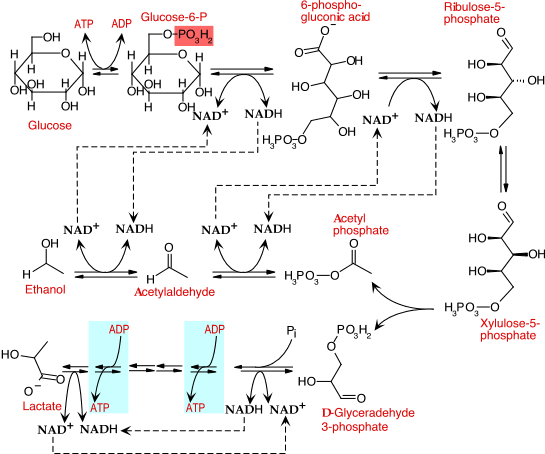ASPECTS OF MOLECULAR BIOLOGY & BIOINFORMATICS RELEVANCE IN INDUSTRIAL MICROBIOLOGY & BIOTECHNOLOGY CONTD..
.jpg)
THE POLYMERASE CHAIN REACTION The Polymerase Chain Reaction (PCR) is a technology used to amplify small amounts of DNA. The PCR technique was invented in 1985 by Kary B. Mullis while working as a chemist at the Cetus Corporation, a biotechnology firm in Emeryville, California. So useful is this technology that Mullis won the Nobel Prize for its discovery in 1993, eight years later. It has found extensive use in a wide range of situations, from the medical diagnosis to microbial systematics and from courts of law to the study of animal behavior. The requirements for PCR are: a. The DNA or RNA to be amplified b. Two primers c. The four nucleotides found in the nucleic acid, d. A heat stable a thermostable DNA polymerase derived from the thermophilic bacterium, Thermus aquaticus , Taq polymerase The Primer: A primer is a short segment of nucleotides which is complementary to a section of the DNA which is to be amplified in the PCR reaction. Primers are annea...

